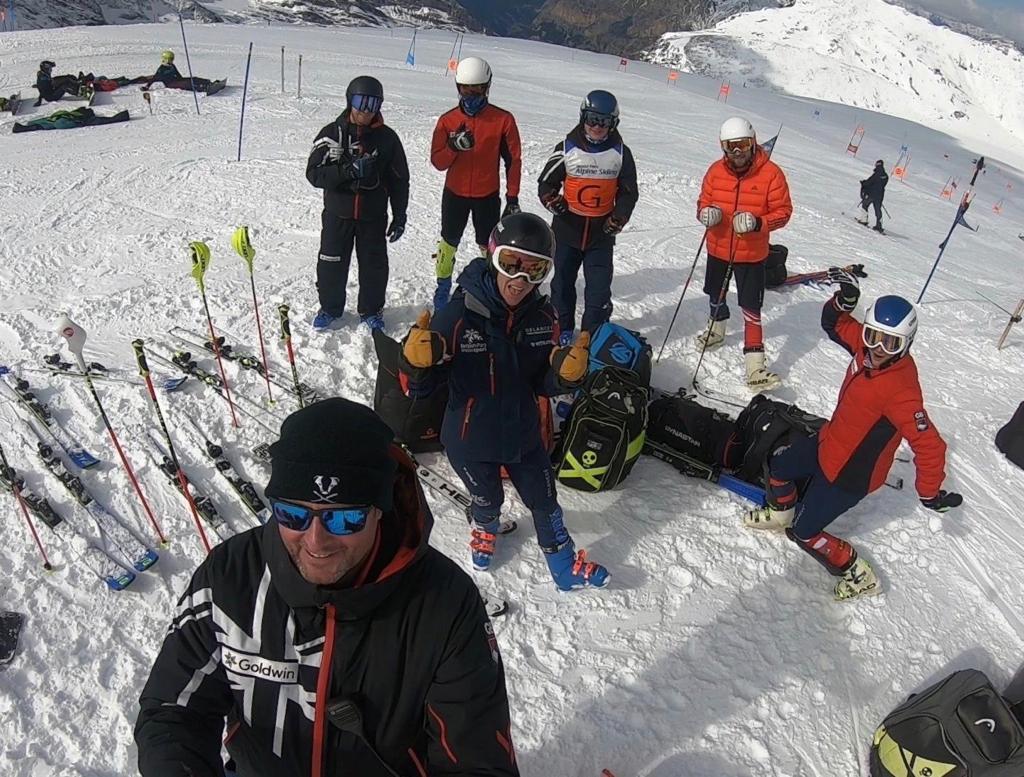
Discussing technology and how he thinks the snowsport environment has changed in the last 10 years, the Team Behind the Team series continues with GB Snowsport Para Alpine Coach Hammy Morison.
What was your route into coaching?
“I found my route to coaching through a personal passion for ski racing combined with a desire to help people. I like working with folk and seeing a progression over time.
“I worked for the Cairngorm Ski Club and Wolfpax Mtb Club and cut my coaching teeth working there. I also worked for DSUK many moons ago and got my adaptive training there.”
What are your duties as a coach?
“To provide a good training environment to help provide everything the athlete needs to perform at their best. Work with the other coaches and tech in the team to do the best for the athletes. I also feel looking outside of the box on how we can bring an edge to their performance.”

How important is the mental/psychological side of coaching in a modern athlete’s development?
“Psychology was in its infancy when I was younger and I am very happy that progress has been made on this and is a huge part for any coach to be fully aware of the impact of this on an athlete in training as well as on race day. Understanding the individuals that I work with and how best to coach them is important.”
How much has changed in the snowsport environment over the last 10 years? Have athletes’ coaching expectations evolved?
“The world has changed a lot over the last ten years and mainly when I think about this the glaciers and technology spring to mind first. Coaching Licenses now have much more content to keep them current. Athletes and their goals are similar to those ten years ago, but these goals have more expectations of what you as a coach need to be delivering to have a good training session. Improved video, more information and data, and better-informed people in the periphery have moved the sport on, which is a good thing.”

Is analysing competition or training footage useful for athlete improvement and development? If so, has tech like mobile phones and drones made this easier?
“Technology is my favorite part of the job. When I started coaching, the video camera was the size of a small car, but now we have 4k GoPros, phones, and cameras all with connectivity. I have not used a drone while coaching, but I see the benefits of them and I am doing my drone pilot course at the moment and will use the drone if licensed to do so in the training environment. I love the access to media platforms, and the 4k footage is a level of detail that makes me smile as it helps our athletes. Also the ability to transfer footage on the chair lift straight to phones, which again athletes appreciate.”
What was the biggest challenge coaching athletes during the most restricted moments last year? How did you manage to maintain a coaching approach with athletes during lockdown?
“The hardest part of the Covid 19 season was the frustration at making a plan, as it would change several times before you could deliver it. This is the day-to-day coaching environment. It’s always fluid, however something will last in the memory forever and it makes it the strangest season to date. The team pulled off some great training in some amazing locations and some great results in the races we actually managed to get to.”
 Share
Share

